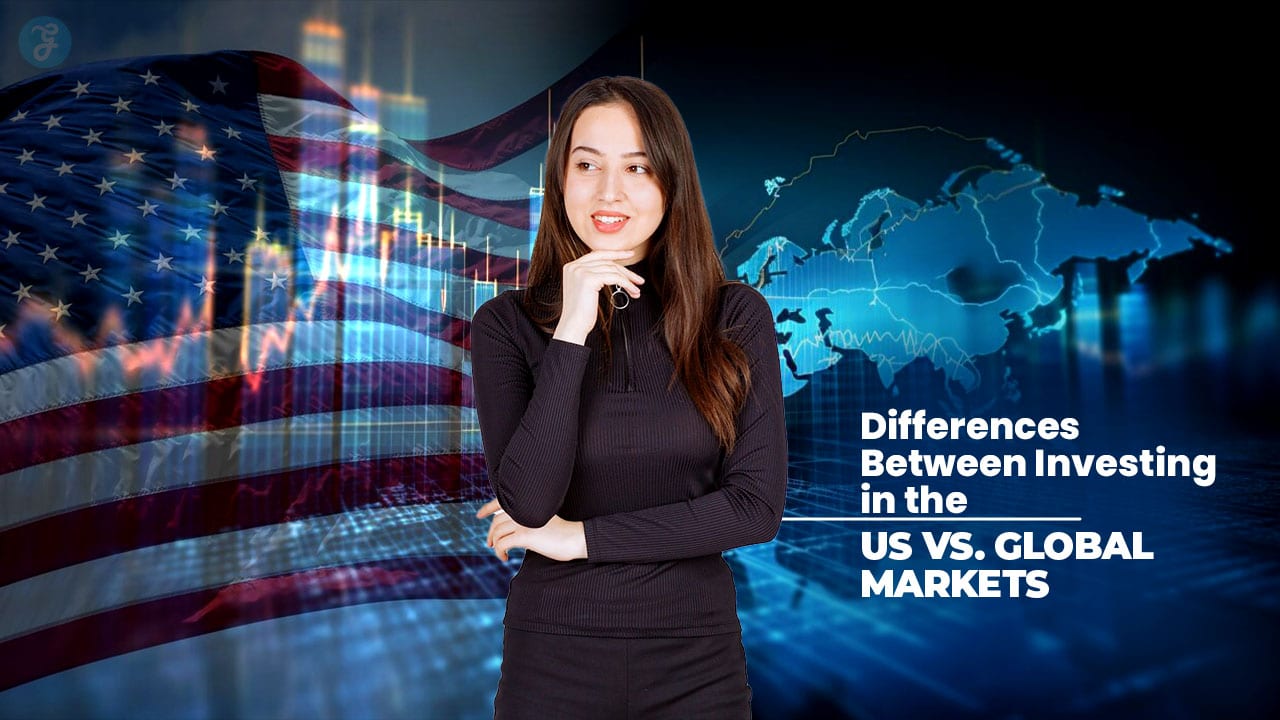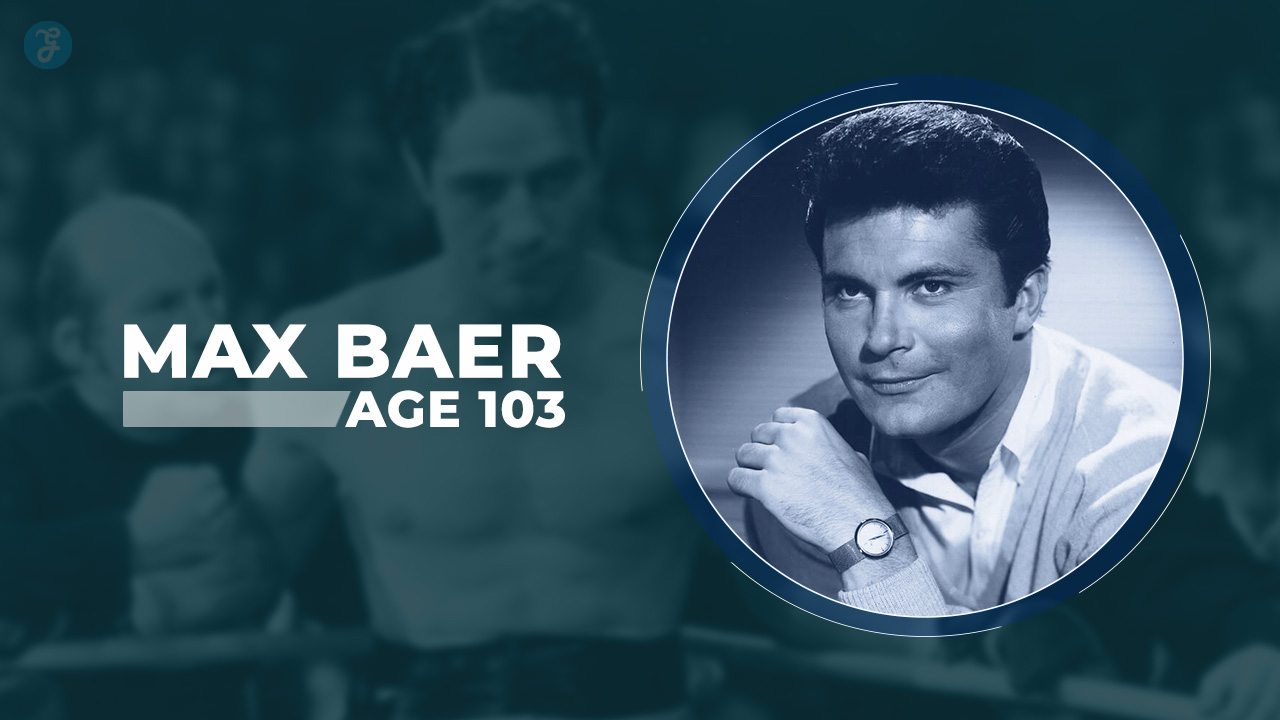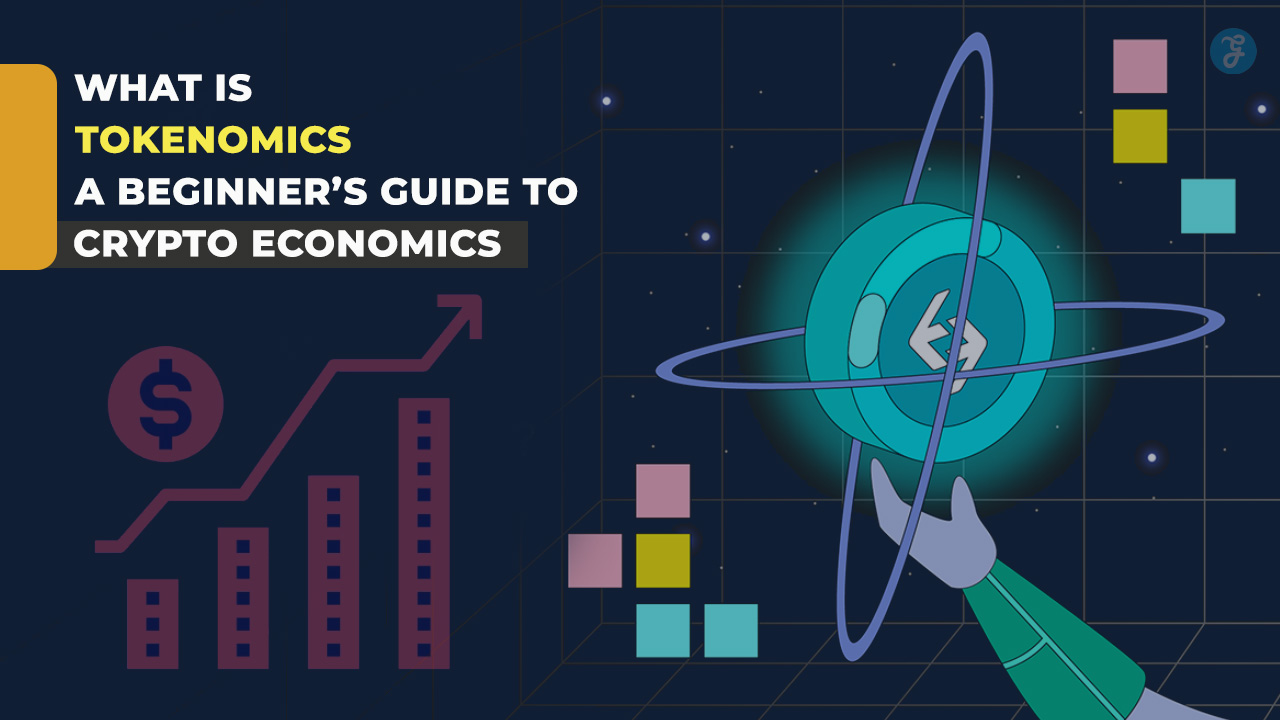Investing in the US vs. global markets is a key consideration for any investor looking to maximize returns while managing risks. The US market is renowned for its stability and transparency, while global markets offer unique opportunities that can diversify and enhance a portfolio. Understanding these differences can help you navigate both options effectively.
This article will explore 10 key differences between investing in the US vs. global markets, covering market size, regulations, growth opportunities, and more. By the end, you’ll have a clearer understanding of how these markets compare and what you should consider before diversifying your investments internationally.
The Importance of Understanding Market Dynamics
Investing without understanding the differences between markets is like sailing without a map. Local and global markets behave differently due to various factors like economic conditions, political stability, and investor behavior. Diversification—spreading investments across different markets—can reduce risks and enhance returns, but only when executed with adequate knowledge.
Quick Comparison Table: US vs. Global Markets
| Factor | US Markets | Global Markets |
| Market Size | Largest in the world | Varies from developed to emerging |
| Regulation | Highly transparent | Mixed—varies by country |
| Currency Risk | Minimal (USD) | High (multiple currencies) |
| Growth Opportunities | Stable but slower growth | High in emerging markets |
Investing in the US vs. Global Markets: A Key Decision
When deciding between investing in the US vs. global markets, you must weigh factors like market size, regulation, and growth opportunities. Both options come with distinct advantages and challenges that could shape your financial outcomes.
1. Market Size and Influence
The US dominates global market capitalization, but investing in the US vs. global markets highlights the vast differences in regional opportunities. Global markets, including emerging economies, present unparalleled growth potential for investors willing to explore beyond US borders.
Market Size and Influence
| Metric | US Markets | Global Markets |
| Market Capitalization | ~$45 trillion (2023) | ~$30 trillion (developed) |
| Leading Exchanges | NYSE, NASDAQ | LSE, Tokyo, Shanghai, etc. |
| Share of Global GDP | 24% | 76% (combined global markets) |
| Number of Public Companies | ~6,000 | ~43,000 (worldwide) |
2. Regulation and Transparency
US markets are tightly regulated, ensuring high transparency. However, global markets vary, making due diligence essential when investing in the US vs. global markets to avoid risks associated with less regulated regions.
Regulation and Transparency
| Aspect | US Markets | Global Markets |
| Regulatory Body | SEC | Varies (FCA, ESMA, etc.) |
| Investor Protections | Strong | Moderate to weak in some regions |
| Transparency Levels | High | Low to medium in emerging markets |
| Enforcement Mechanisms | Strict | Inconsistent |
3. Currency Risk
When investing in global markets, currency risk becomes a significant factor. The US dollar (USD) is considered a stable currency, reducing currency-related risks for US-based investors. However, global investments involve exposure to multiple currencies, which can impact returns due to fluctuations in exchange rates.
Currency Risk
| Factor | US Markets | Global Markets |
| Currency Stability | High (USD) | Varies (EUR, INR, CNY, etc.) |
| Risk of Fluctuations | Low | High |
| Hedging Options | Minimal needed | Essential in volatile regions |
| Currency Exchange Costs | Negligible | Potentially high |
4. Growth Opportunities
Investing in the US vs. global markets often depends on growth preferences. The US offers steady but moderate growth, while global markets, particularly in emerging regions, can provide higher returns despite their inherent risks.
Growth Opportunities
| Aspect | US Markets | Global Markets |
| Average Annual Returns | ~8-10% (historical) | Higher in emerging markets |
| Growth Drivers | Technology, healthcare | Infrastructure, consumption |
| Risk-Reward Ratio | Balanced | High-risk, high-reward |
| Examples of High-Growth Sectors | AI, biotech | Green energy, urban development |
5. Economic and Political Stability
The US boasts a stable economy and predictable political environment, making it a safe haven for investors. Global markets, however, are often affected by regional conflicts, trade policies, and economic instability, which can create both challenges and opportunities.
Economic and Political Stability
| Factor | US Markets | Global Markets |
| Stability Levels | High | Varies widely |
| Major Risks | Inflation, interest rates | Geopolitical tensions, currency crises |
| Safe-Haven Assets | USD, US Treasuries | Gold, Swiss Franc, etc. |
| Impact of Global Events | Moderate | High |
6. Market Accessibility and Infrastructure
Investing in the US is straightforward, with advanced trading platforms and a well-developed infrastructure. Global markets vary in accessibility, with some requiring significant effort to navigate legal, linguistic, and infrastructural barriers.
Market Accessibility
| Factor | US Markets | Global Markets |
| Ease of Access | High | Moderate to low in some regions |
| Trading Platforms | Robust | Varies |
| Legal Barriers | Minimal | High in certain regions |
| Language Accessibility | Primarily English | Multiple languages |
7. Tax Implications
US investors benefit from a well-defined tax system, though it can be complex. Global investments often involve navigating international tax treaties and potential double taxation. Investors must carefully consider these implications to avoid unexpected costs.
Tax Implications
| Aspect | US Markets | Global Markets |
| Tax System Complexity | High | Higher for cross-border investments |
| Double Taxation Treaties | Yes | Varies |
| Reporting Requirements | Clear | Complex |
| Tax Filing for Foreign Income | N/A (domestic) | Often required |
8. Sector Dominance
The US market is heavily dominated by technology and healthcare sectors, while global markets often focus on manufacturing, natural resources, or other industries. This sectoral difference affects investment strategies.
Sector Dominance
| Sector | US Markets | Global Markets |
| Dominant Industries | Technology, healthcare | Manufacturing, resources |
| Market Representation | High in innovation | Broad across sectors |
| Sector Risks | Tech bubbles | Commodity price volatility |
| Emerging Industries | Renewable energy, fintech | Infrastructure, agritech |
9. Volatility and Risk
US markets are generally more stable due to their size and maturity, but global markets can be highly volatile, especially in emerging economies. This volatility creates higher risks but also higher potential rewards.
Volatility and Risk
| Aspect | US Markets | Global Markets |
| Stability Levels | High | Varies |
| Risk Factors | Economic cycles | Political instability, currency |
| Investment Horizon | Medium to long-term | Long-term for high returns |
| Examples of Volatility | Moderate (S&P 500) | High (BRICS nations) |
10. Cultural and Behavioral Factors
Cultural attitudes toward investing vary widely between countries. US investors often focus on individual growth and retirement planning, while global markets may have different priorities influenced by cultural and economic factors.
Cultural and Behavioral Factors
| Factor | US Markets | Global Markets |
| Investor Priorities | Growth, retirement | Preservation, growth |
| Cultural Influence | Individualism | Collectivism |
| Behavioral Biases | Optimism | Caution in developing regions |
| Impact of Education | High financial literacy | Varies |
Takeaways
Choosing between investing in the US vs. global markets is not just about picking one over the other; it’s about striking the right balance that aligns with your financial goals and risk tolerance. The US market, with its stability, transparency, and established sectors, offers a sense of security and predictability. It is ideal for investors seeking steady growth and a lower risk profile.
On the other hand, global markets open the door to immense possibilities, especially in emerging economies where growth rates are often higher, driven by rapid industrialization and expanding consumer bases. However, these opportunities come with challenges such as currency risks, regulatory inconsistencies, and geopolitical uncertainties.
To make the most of investing in the US vs. global markets, it’s essential to:
- Evaluate your risk appetite and financial objectives.
- Diversify your investments to reduce risk and maximize potential returns.
- Stay informed about global economic trends, political developments, and market dynamics.
- Leverage professional advice or tools to navigate the complexities of international investing.
Ultimately, a well-rounded portfolio that incorporates the strengths of both US and global markets can provide a balance between stability and growth. By approaching this decision with a thorough understanding of the factors involved, you can craft an investment strategy that not only protects your wealth but also positions you for long-term financial success.








































